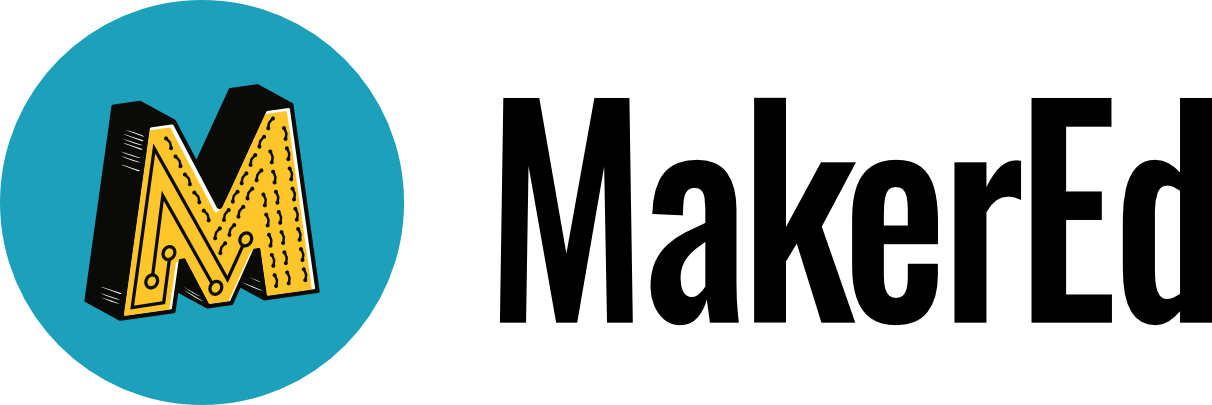Like all learners, educators come to maker-centered learning in a variety of ways and through diverse entry points. We find it important to acknowledge the practical needs of these, as well as develop unique ways to support educators—and the leaders who guide and encourage them! As such, this module creates and curates two pathways through Maker Ed’s other modules to help leaders and administrators understand, motivate, support, and participate in both the overarching, strategic efforts and the on-the-ground, detailed practices, all necessary for an integrated, holistic maker education approach.
![]() Reflect
Reflect
Take a glance at these two pathways. Click on either to start, and choose which of these two situations or entry points you most identify with. Briefly consider what your educators have already tested and tried, how many people you’d want to bring together, your current capacity to collaborate and plan together, and a realistic timeline in the midst of your year. Choose one and follow that pathway!
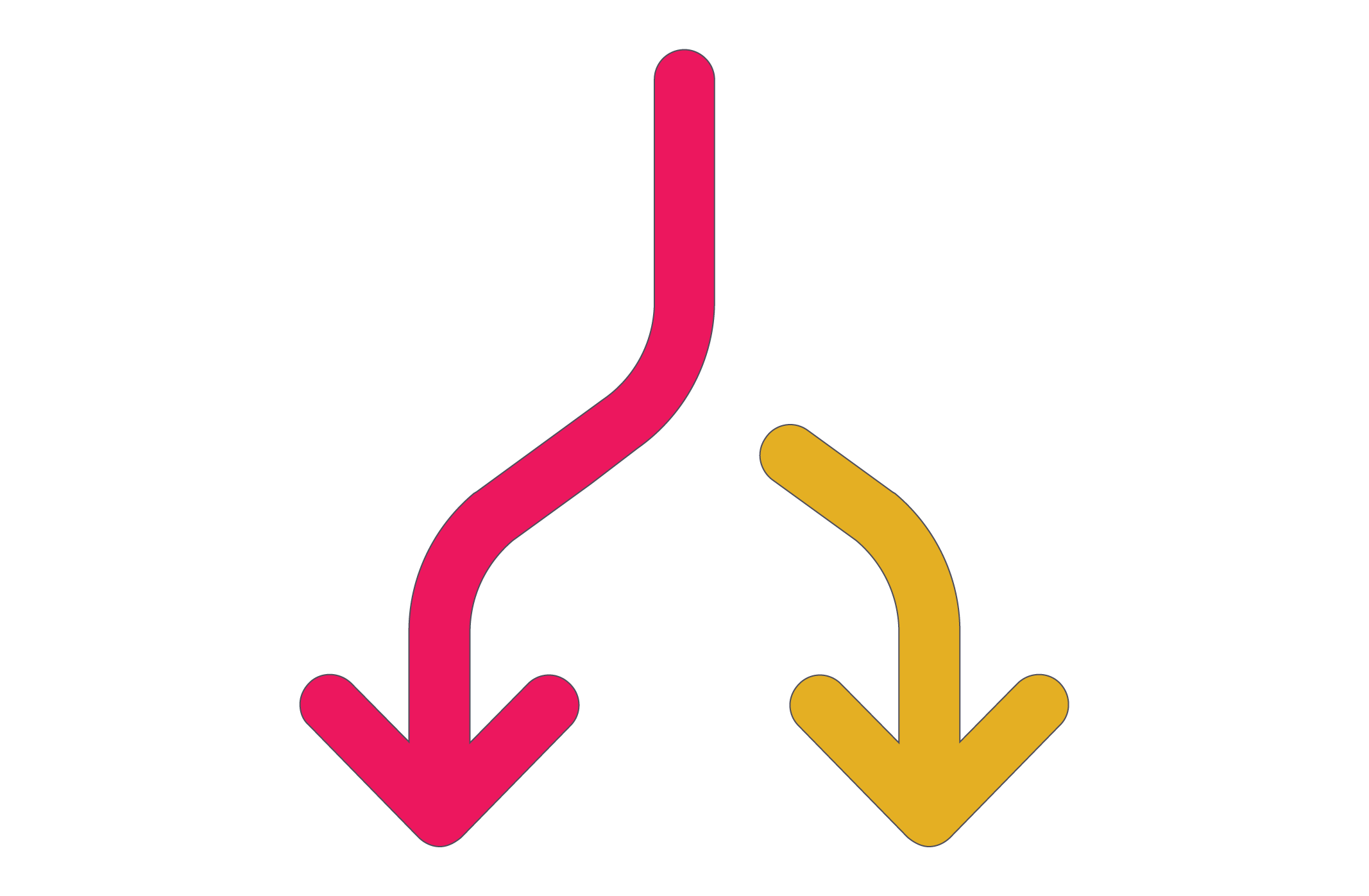
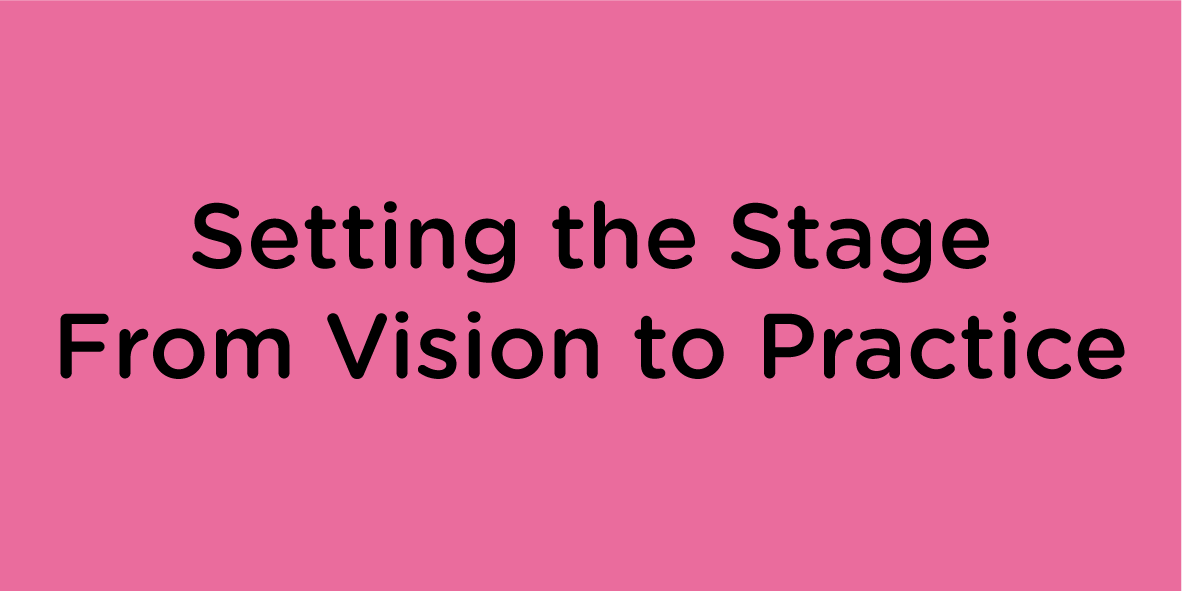 |
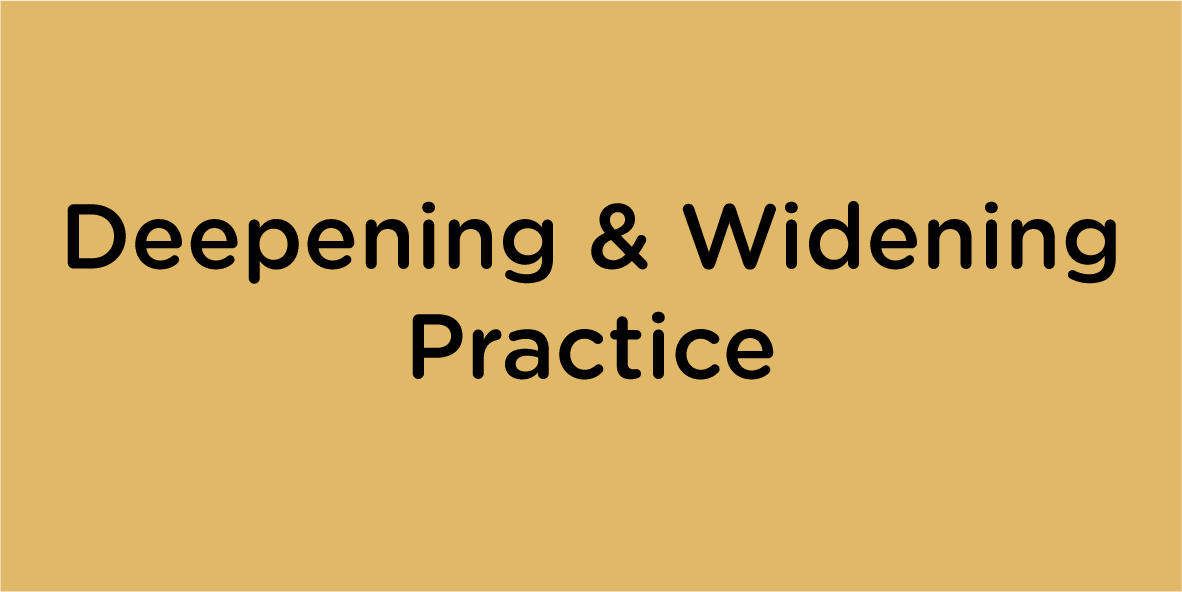 |
Pathway: Setting the Stage from Vision to Practice
We are ready and interested in developing out a maker education program or physical makerspace. We have individual educators who are or have been trying, developing, and integrating maker activities into their program or curriculum. We can create time and space right now for multiple people to come together for big-picture discussion and planning.
![]() Do
Do
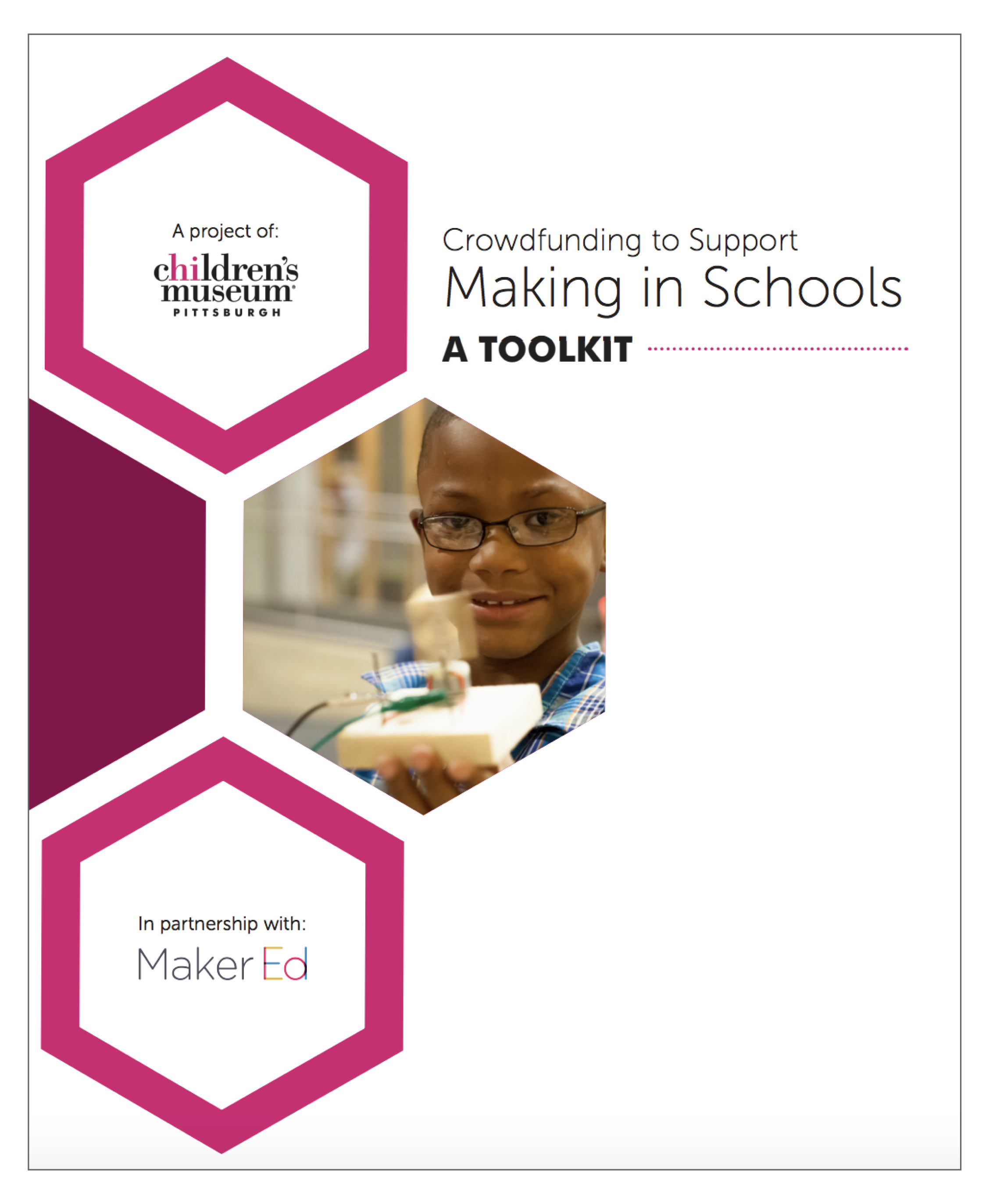 Take a quick look (initially, as individuals, then together as a group) at the Pieces & Parts tool. This tool allows individuals, then groups, to make visible their assumptions and thinking.
Take a quick look (initially, as individuals, then together as a group) at the Pieces & Parts tool. This tool allows individuals, then groups, to make visible their assumptions and thinking.
Go bigger! This started in a concrete manner, hopefully provoking some good reflection and questions. From here, the pathway aims towards bigger-picture, strategic planning for the whole group.
![]() Do
Do
As a group, walk through the entire Getting Started: Visioning module starting with the Values Mapping Grid and continuing through to elaborating on a concise Vision Statement for your maker-centered work.
![]() Do
Do
Continue to discuss your thinking and plans as you engage with the Planning: Stakeholders & Audience module. This module will enable deeper consideration of who’s involved, how to leverage others outside your four walls, and who should be part of these conversations!
![]() Explore
Explore
Take a look at two other modules that support strategic planning, the full Planning: Pieces & Parts module (a piece of which we explored at the beginning!) and the Planning: Budget module.
![]() Explore
Explore
Now that you have a few strategic pieces in places, shift over to Pathway: Deepening and Widening Practice to explore the ways in which this work will take place in your learning environments with youth.
![]() Explore
Explore
Telling stories is always a key piece of your efforts! With your collaborators, use Making the Case: Capturing Your Story to share your work with an audience that is important to you! The module will help you plan out documentation and the flow of your stories.
Pathway: Deepening and Widening Practice
We have individual educators actively trying, developing, and integrating maker activities, and families & community members may already be eager to learn more and get involved. While we don’t currently have time to plan and vision together, we know that these current, solid efforts will inform strategic conversations at a later date. Right now, we are looking for a way to bolster what our educators are already doing…
![]() Do
Do
 Take a quick look (initially, as individuals, then together as a group) at the Pieces & Parts tool. This tool allows individuals, then groups, to make visible their assumptions and thinking.
Take a quick look (initially, as individuals, then together as a group) at the Pieces & Parts tool. This tool allows individuals, then groups, to make visible their assumptions and thinking.
Deepen further! This started in a concrete manner, hopefully provoking some good reflection and questions to better inform your curriculum development and organization plans.
![]() Do
Do
Use our practitioner focused modules to support your team as they deepen their maker-centered practices. These modules can be used individually or to create a pathway of their own. Discuss the options with the educators at your site who are already making or are excited to get started!
-
Curriculum Ideas & Integration: Paper Circuits, Three Ways has educators analyze examples of different paper circuit activities and then make adjustments to this activity based on their own learning outcomes.
-
 Spaces, Tools, and Materials: Reflecting on Design Approaches supports educators as they tackle questions related to noticing patterns of storing, tracking, and organizing tools and materials.
Spaces, Tools, and Materials: Reflecting on Design Approaches supports educators as they tackle questions related to noticing patterns of storing, tracking, and organizing tools and materials. -
Curriculum Ideas & Integration: Four Approaches supports educators to think about different types of activities/lessons for maker-centered curriculum integration, choose a type of lesson to build from, and then design your lesson to effectively meet your identified learning goals.
![]() Explore
Explore
If you’re interested in bringing together your group to examine visioning or programmatic pieces at the bigger-picture level, shift over to Pathway: Setting the Stage from Vision to Practice, taking your grounded experiences into strategic thinking.
![]() Explore
Explore
Telling stories is always a key piece of your efforts! With your collaborators, use Making the Case: Capturing your Story to share your work with an audience that is important to you! The module will help you plan out documentation and the flow of your stories.
This module was developed in collaboration with Goli Mohammadi (editorial) and Kim Dow (design). Maker Ed would also like to thank Schmidt Futures for supporting the creation of these learning modules.
